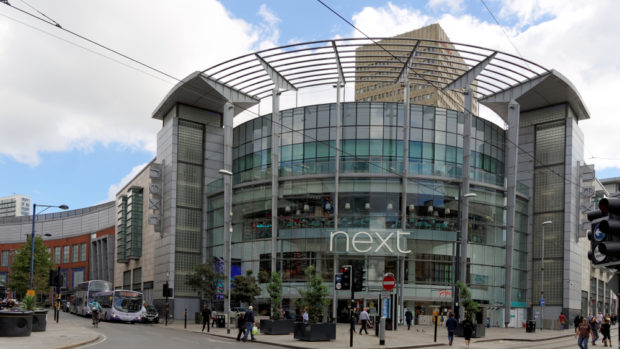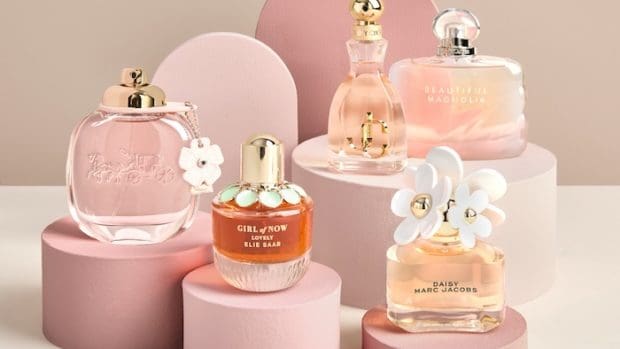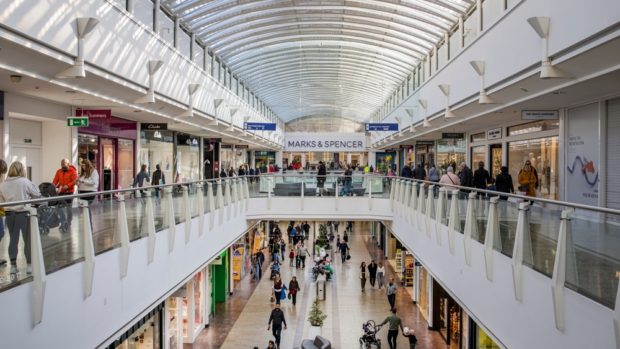Freedom Day and the easing of covid-19 restrictions have boosted online fashion order volumes, according to the latest data from True Fit, as UK shoppers dress to impress as their social lives expand and kit out their wardrobes for the return to the office.
Fashion checkouts rose 12 per cent year-on-year (y-o-y) in July, while web traffic to fashion retailers’ sites spiked by +35 per cent across June and July compared to 2020 as the nation prepared for Freedom Day, according to data from True Fit’s Fashion Genome. This is the world’s largest connected data set for fashion, which analyses data from 17,000 retail brands and data from 180 million True Fit Members, who are registered shoppers on the platform. Fashion checkouts were also up +51 per cent in July compared to pre-pandemic levels, demonstrating the accelerated and sustained demand for online fashion, as UK shoppers’ switch to digital has remained buoyant even as bricks-and-mortar stores have reopened.
Consumer confidence was also up with average order values (AOVs) out-pacing 2020 levels since March and peaking in the last week of July, rising to +17 per cent y-o-y, as consumers reopened their wallets as the nation unlocked.
Sarah Curran Usher MBE, GM EMEA at True Fit, said: “We have witnessed the rise and rise of digital as fashion shoppers have switched and stayed online, even as stores have reopened. But this great digital opportunity has brought a huge amount of change with it, which retailers must be ready to capitalise on if they are going to drive long-term growth and customer loyalty.”
Order volumes of women’s dresses jumped 8 per cent from June to July ahead of Freedom Day. Women’s dresses have also seen a steady rise since the start of the year as restrictions have eased, rising 150 per cent from Feb to March when outdoor mixing was once again allowed, and continuing to rise, peaking in May (up 198 per cent points since the start of the year) when hospitality fully reopened.
Whilst a return to the office is boosting more occasion wear buying, the move to hybrid working for many is also impacting fashion category spend. With 43/50 of the UK’s biggest employers not planning to bring staff back to the office full time, the shift between workwear and ‘work-from-home’ wear also remains fluid. In late 2020, women’s tops outpaced orders of trousers and skirts by 120 per cent, while sales of men’s tops outperformed trousers by 90 per cent over the same period, as Brits ‘Zoomified’ their wardrobes from the top up as they worked from home or took meetings virtually via video calls. However, by June the gap closed to just 5 per cent in womenswear and 17 per cent in menswear, signalling that top-to-toe outfitting is now returning.
“Consumers aren’t just reinventing how they engage with brands online, their whole buying behaviours and wardrobe ethos have pivoted as the pandemic has played out,” True Fit’s Sarah Curran Usher continued. “They’ve swapped allegiances; tried new brands and given up on others; some have changed shape; others have adjusted their style preferences as they’ve adapted to lockdowns and unlocking and new working routines – even a brand’s most loyal of customers will behave and buy in a completely unrecognisable way to how they did before the pandemic. In short, the customer is the disruptor in retail now.”
“Being able to understand and keep up with these emerging behaviours, relies on being able to draw insight on how customers shop across collections, categories and price points, both within and outside of your brand. This can then inform key decisions across the business – from merchandising to marketing – so that emerging needs of shoppers can be met on a true one-to-one, ongoing basis,” she concluded.








Share